Donkeys qualify for all the criteria of homesteading needs, from guarding livestock to making a pet and draft animal.
Only you need to train them with patience and care.
If your donkey ignores your instructions or you are going to work with a donkey for the first time, here is a proper guide to train a donkey.
Understanding Donkey’s Behavior
Though donkeys have an old myth that they are stupid and dumb, they are intelligent, with strong memory and excellent learning ability.
They can even be curious and have problem-solving abilities, like dolphins and dogs.
They are also affectionate to humans and farm animals, making them social and good pets.
If not showing affection, you need to understand that donkeys are under fear, negative past experiences, and the behavior or attitude of the handler.

Donkeys also seem stubborn due to these unpleasant experiences along with pain and inability to understand the required behavior.
Besides, their unhealthy diet and stressful living environment produce a strong sense of self-preservation, which can lead to destructive behavior.
But sometimes, donkeys also show more stoic behavior, making owners unable to understand their animals.
Their stubborn, less easily scared, and stronger flighting response when in fear requires different training than horses.
While horses need primarily dominance or pressure tactics, owners treat donkeys with patience, positive reinforcement, and a trust-building approach.
Building trust helps make donkeys feel secure and confident.
You can win their trust by spending time, feeding them, and offering treats.
Preparing for Training
While choosing the right donkey to train, you must consider the following factors.
- Age: Preferable age is 3 years. The older ones have already established their hardy habits requiring more techniques for training.
- Temperament: Calm, docile, curious, engaged animals with good eye contact are okay.
- Health: Donkeys free from any medical issues and with a healthy and balanced body shape are selected.
- Gender: Geldings or jennets
For training donkeys, you also need some essential tools, including halters, lead ropes, harnesses, and rewards ( carrots, apples).
Also, create a safe and distraction-free training environment.

Besides, you have to set realistic goals, which are short and easily achievable initially. As the donkeys are accustomed to learning and new tasks, you can increase the objectives based on their abilities.
Also, don’t lose your patience and consistency. Make a plan and schedule and stick to it.
Basic Training Steps
Teaching the Donkey to Lead
- Go near the animal with a lead rope and ask it to touch it, moving the rope from one direction to another.
- Move forward and continue to make the donkey practice it.
- You can help it by giving some signals with a whistle or any other sound. When it responds well to the target, give it a treat.
- Now, attach the rope to the halter and wrap some rolls of ropes in your hands.
- Make a donkey to target, walking around with the rope in your hand.
- Don’t pull a rope tightly; only show your animal a way to lead with a loose rope.
Standing Still and Being Tied
First, stand beside the donkey and start moving a bit away from it. An animal may look at you and try to move to you.
Go near, realizing this, and gently push their head in the straight direction. You can move around an animal and try other directions.
Each time you practice from a different area, take a few steps back to the donkey’s head.
Also, whenever your animal makes a proper stance and doesn’t move, even realizing the master is away, reward it with a treat. It may take a donkey a while to learn a new environment rule.
This way, you can also train your donkey not to kick you.
The donkeys feel anxious if they are tied for the first time, so you can help with the two techniques above.
It would be a bad idea to tie donkeys when they are under the health check-up and vaccination. Also, they can feel revolted if provided with a cold blanket in the winter.
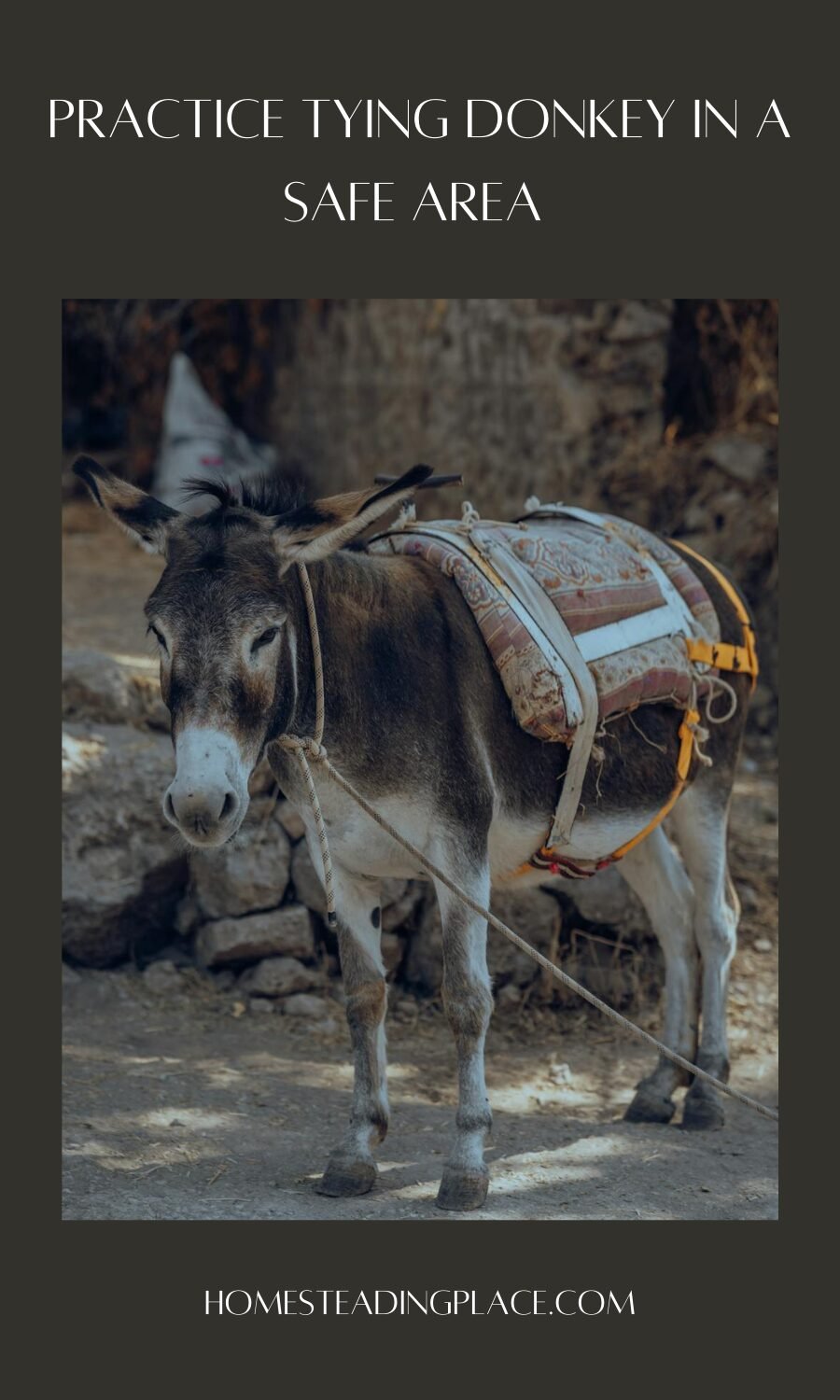
Don’t punish animals if they feel resistant when tied for the first time.
It is a gradual progression to longer periods of tying. Also, don’t change a donkey’s resting place; they don’t like it.
Make a routine to tie animals and always keep them together so they can feel unstressed.
Responding to Commands
First, you need to learn common voice commands and teach the same to your donkey.
| Common Voice Commands | Actions |
| Walk | Walk on now |
| Whoa | Stop |
| Easy | Slow down |
| Back | Reverse until I say otherwise |
| Stand/Stay | Stand still where you are |
| Over | Move out of my way, please |
| Trot (cluck-cluck) | Go slightly faster than a walk |
| Canter | Run at an easy and comfortable speed |
| Have a treat | Provoding treats |
Depending on your skill or choice, you can start with or without blinders. First, repeat the single command until the animals understand and respond appropriately.
Also, you need to train the donkey on the ground first.
You can slowly place them into riding once they are accustomed to your voice commands.
While commanding, you also need to understand animal sounds. Donkeys bray, growl, grunt, squeal, whuffle and snort for different purposes.
Desensitization Training
An anxious behavior or “desensitization” for donkeys can be good or bad, depending on the condition.
If they show this behavior when they feel a threat posed to them, such as snakes, coyotes, and stray dogs, it would be fine for an alarm.
For this, you can observe the donkey’s ears, posture, and overall demeanor.
While they are scared of farm animals, farm vehicles, and visitors, you can reduce their skittishness by exposing them to stimuli gradually in a calm and controlled manner.
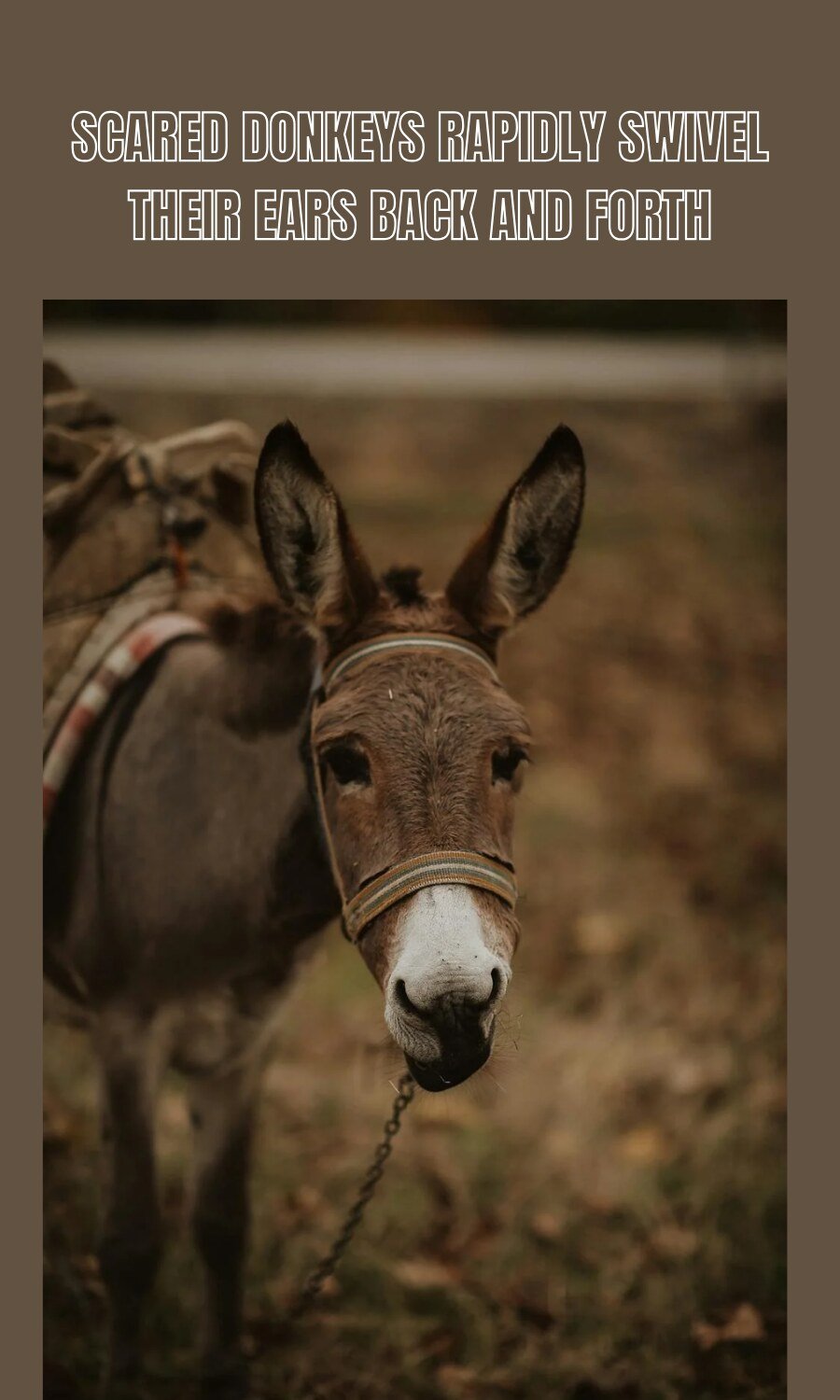
This helps animals understand and get used to new sights and sounds.
If they don’t feel comfortable, take them back to their normal environment and encourage them to try frequently, but don’t force them. When they show positive responses, you can reward them.
Advanced Training Techniques
Carrying Loads
Donkeys can carry anywhere between 20% and 30% of their body weight.
- Touch your animals on their shoulders.
- Take a pad nearest to the body of the donkey and let them be comfortable. You can rub their necks.
- Unfold the pad, put it on the back, and calm an animal.
- Once a donkey is relaxed, introduce it with the saddle. Hold a saddle near your farm animal for a while, put it on the back, and gently set all the straps.
You need to repeat the same practice for packs, too, to make the animal feel that packs aren’t harmful.
Practice it with light packs and increase the weight once they are accustomed to the packing and carrying task.
Guard Donkey Training
If you want your donkey to protect livestock, you should raise it with them at a young age. In the case of installing adult ones at the farm, you need to introduce them to farm animals from the fence.
Then, put the donkey in a small corral in the livestock barn.
This will help them befriend and take them out in the pasture field where donkeys can guard your grazing animals from predators like coyotes, stray dogs, bears, and wolves.
Donkeys bray when they sense possible threats.
To build their awareness and response to predators, you can expose donkeys to predator sounds and sights using audio and videos from the internet.
Use the positive reinforcement training method to train a donkey and make it a guard animal.
Cart Training
First, introduce the harness and cart to the donkey to make it easy for you to work with preparation and driving.
The harness has several parts, so you need to make donkeys wear them individually.
- Start with the breast collar and finish by connecting all the reins. Be patient and gentle while performing these tasks.
- Once you’re done with the harness connecting, move a donkey around with the sound commands.
- If you feel an animal is ready to drive, connect an empty and light cart to the harness.
- First, you need to guide it from the front by pulling a lead rope and making it comfortable.
- You can go behind the cart and command from there when it feels relaxed.
Once the donkey feels relaxed, pulling the cart well with commands, you can initially put light loads on the cart.
Then, increase weight gradually, or you can sit on the cart.
Troubleshooting Common Problems
Donkeys can serve their owners with several benefits once they handle and train them well.
During training, your donkeys may show some stubbornness or resistance. You need to find reasons for this, which can be fear or pain.
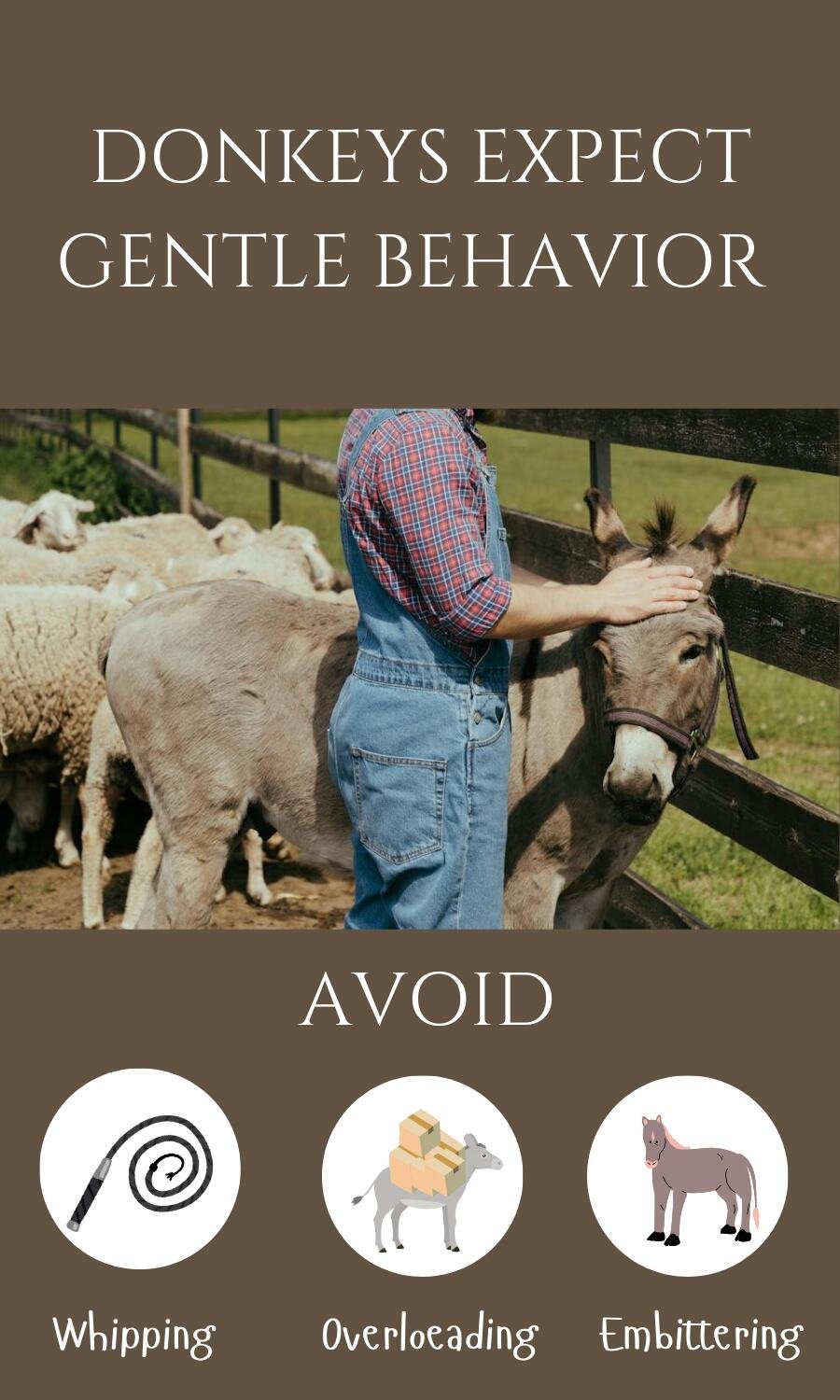
Separation from the herd for the first time can make a donkey stressed. Also, unfamiliar visitors or loud noises can make them unhappy.
Check their body, especially feet, if they are hurt by something, including thorns and nails.
Forcing these animals for tasks can lead to bad experiences in their memory.
However, you can access your animals by adjusting techniques or reassessing trust levels. Give good caress, pats affectionately, and treats to make the donkey feel safe and secure.
While training with heavy loads for the first time, donkeys feel tired and hungry, so feed them well.
Final Thoughts
You can train a donkey at any age, at least one year old. However, you can only expect the young donkey to learn some basic instructions, avoiding packing and loading tasks.
Also, it may take several weeks to several months, so you must be patient with a single donkey.
I recommend you start with small training sessions, expecting 15-20 minutes.






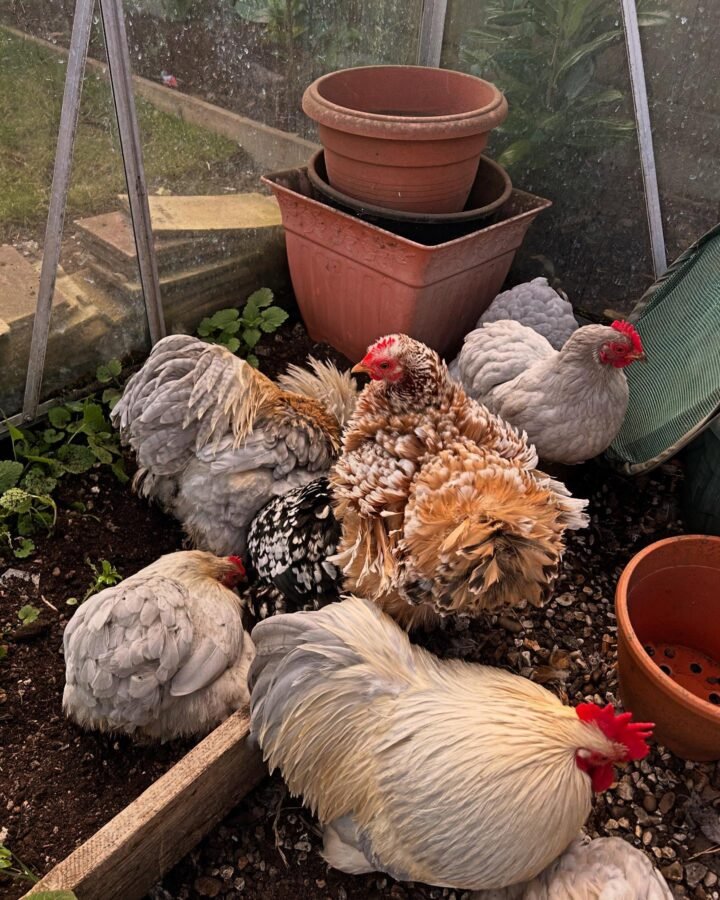
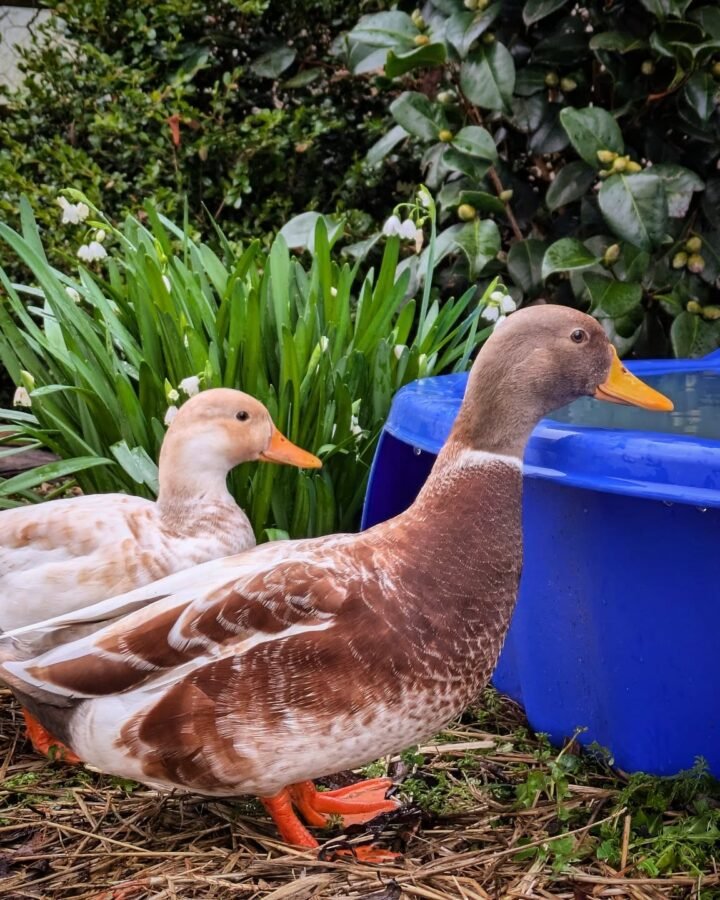

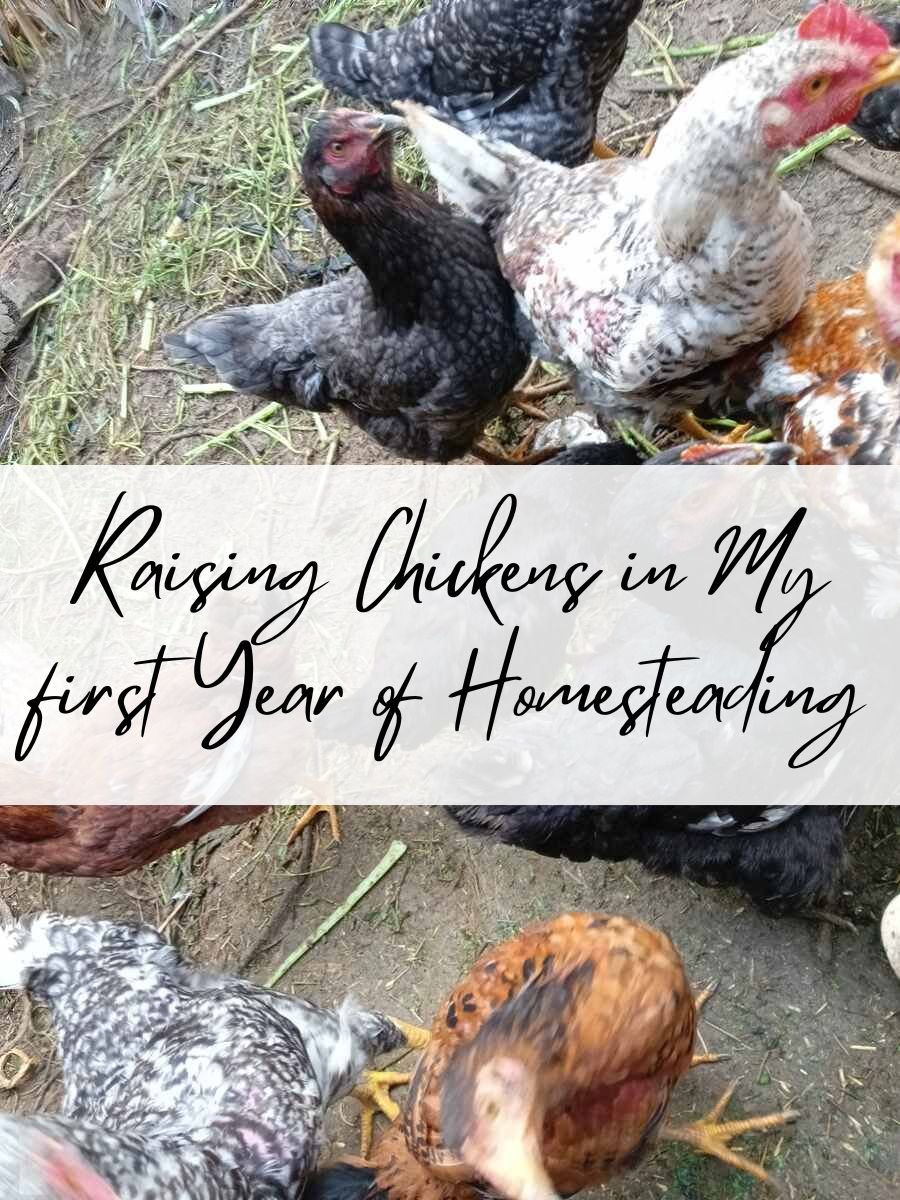
Leave a Reply